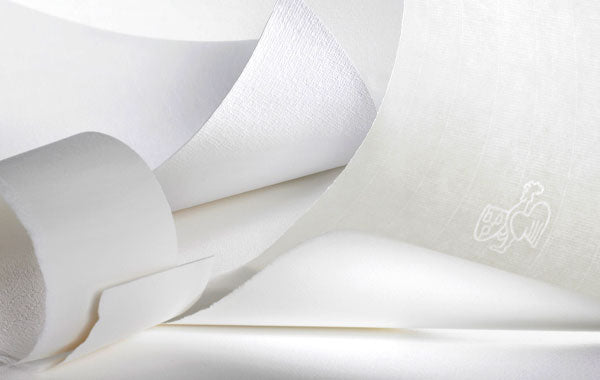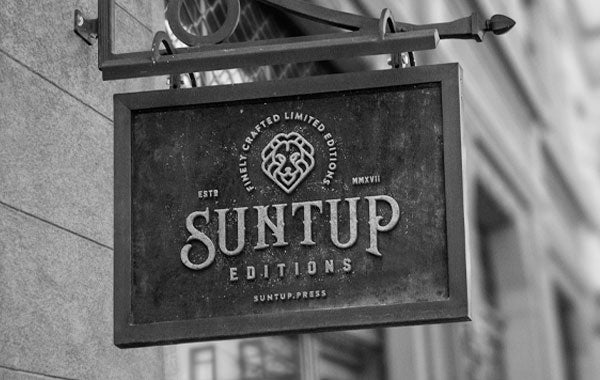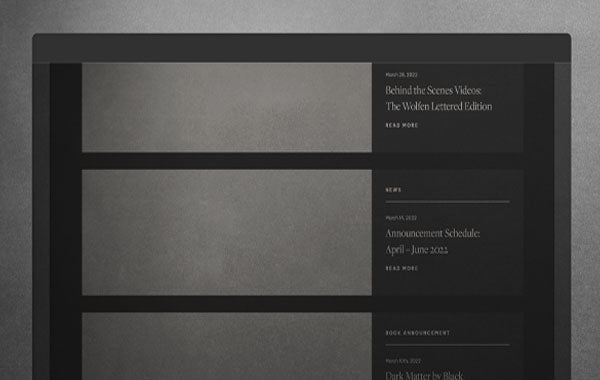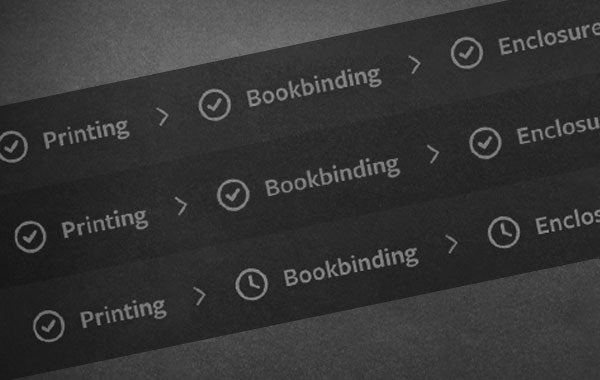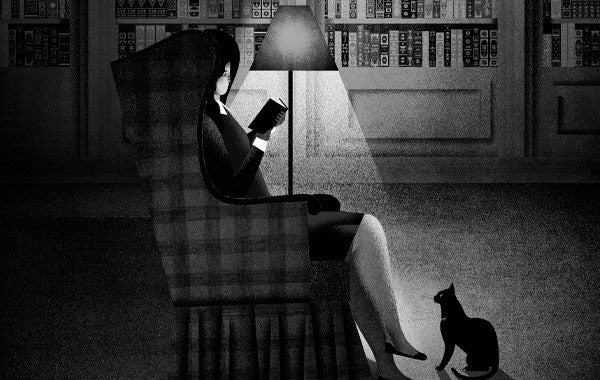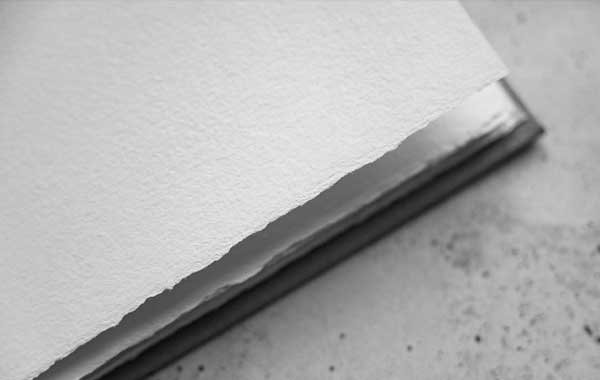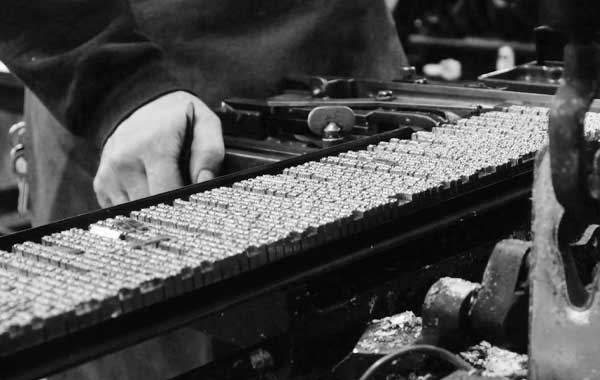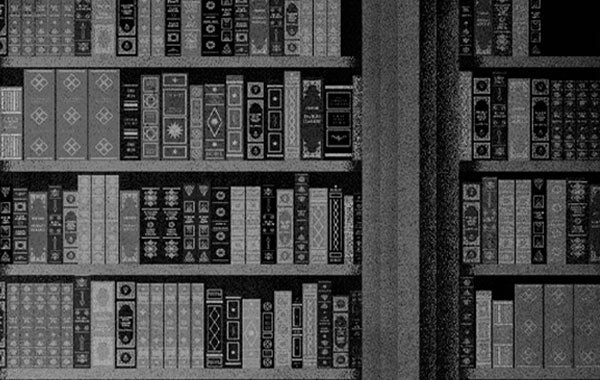The Divine Comedy by Dante Alighieri - Lettered Edition
The Divine Comedy by Dante Alighieri - Lettered Edition
Couldn't load pickup availability
Limit 1 Copy Per Person. Refer to our Order Limits policy.
The Divine Comedy is an Italian narrative poem by Dante Alighieri, begun ca. 1308 and completed ca. 1321, shortly before the author’s death. It is widely considered the pre-eminent work in Italian literature and one of the greatest works of world literature.
The poem’s imaginative vision of the afterlife is representative of the medieval worldview as it existed in the Western Church by the 14th century. It helped establish the Tuscan language, in which it was written, as the standardized Italian language. It is divided into three parts: Inferno, Purgatorio, and Paradiso.
The poem discusses “the state of the soul after death and presents an image of divine justice meted out as due punishment or reward,” and describes Dante’s travels through Hell, Purgatory, and Heaven. Dante draws on medieval Catholic theology and philosophy, especially Thomistic philosophy derived from the Summa Theologica of Thomas Aquinas. Consequently, the Divine Comedy has been called “the Summa in verse.”
The epic grandeur of Dante’s masterpiece has inspired readers for 700 years and has entered the human imagination; but the further we move from the late medieval world of Dante, the more a rich understanding and enjoyment of the poem depends on knowledgeable guidance. In 1997, Robert and Jean Hollander embarked on the herculean task of creating a beautifully accurate and clear verse translation of the Divine Comedy.
The finished Hollander product was widely regarded as a thing apart, becoming the new standard in English of this essential work. The Los Angeles Times has called it “the most finely accomplished and most enduring translation of this essential work of world literature—from a renowned scholar and master teacher of Dante and an accomplished poet,” while The Economist writes that “the Hollanders act as latter-day Virgils, guiding us through the Italian text.” Indeed, Robert Hollander’s explanatory notes run approximately thirty times the length of the poem itself, incorporating more than forty years of teaching Dante into his commentary. As Christopher Kleinhenz, a professor emeritus of Italian at the University of Wisconsin at Madison, said in an interview, “He has made Dante accessible, [so that] we as contemporary readers can appreciate and can see how Dante was important in the Middle Ages and how he continues to be important today.”
In the seven centuries since its composition, the Divine Comedy remains one of the greatest literary accomplishments of all time.
The fine press limited edition of The Divine Comedy by Dante Alighieri is presented in three states: Roman Numeral, Lettered and Numbered editions.
LETTERED EDITION
- 7¼” x 10¾” trim size.
- 1,584 pages.
- Limited to 26 copies.
- Signed by Robert Hollander.
- Published in two volumes. Volume I includes the complete English translations of Inferno, Purgatorio and Paradiso by Robert and Jean Hollander; and Volume II, a supplemental volume of over 1,100 pages includes extensive and accessible introductions and generous commentaries that draw on centuries of scholarship as well as Robert Hollander’s own decades of teaching and research.
-
Volume I is an historical binding in full parchment from William Cowley in the United Kingdom, makers of the finest quality parchment and vellum since 1870. The book is sewn on parchment tapes, and laced into a semi-limp parchment cover. The fore-edge of the covers are folded over to give the book more structural integrity and to protect the edges, similar to a traditional Yapp edge. The top-edge of the pages are colored red using Brazilwood, also called Logwood. This is a process for coloring edges dating back to the 16th century. The natural deckle of the paper is maintained at the fore- and lower-edge. The head and tail bands are hand tied over twisted parchment in red and off-white silk. They are laced into the covers as are the sewing tapes. The spine features a calligraphic title by Jerry Kelly which is stamped using printer’s ink.
- Volume II is a sewn and jacketed softcover, with the jacket glued at the spine and titling in gold foil.
- Volume I includes four tipped on illustrations by William Blake (1757–1827), printed giclée on Hahnemühle Bugra.
- Volume II includes a portrait of Dante by Agnolo Bronzino (1503–1572) as a frontispiece.
- Text pages set in the elegant Centaur type, a serif typeface by book and typeface designer Bruce Rogers, based on the Renaissance-period printing of Nicolas Jenson around 1470.
- Volume I is printed letterpress on mouldmade Hahnemühle Ingres Atique paper in two colors on the title, contents, cantica title and canto pages, by Bradley Hutchinson in Austin, Texas on his Heidelberg Cylinder.
- Volume II is printed by offset lithography.
- Weighing 12 lbs, this state is handbound by master bookbinder Peter Geraty and his team at Praxis Bindery in Easthampton, Massachusetts.
- The ornament appearing on these pages was designed for this edition by Jerry Kelly and was cut in metal and cast by Ed Rayer at Swamp Press.
- Interior design & typography is by Jerry Kelly.
- Housed in a Japanese cloth covered clamshell enclosure with a pull-out tray containing the supplemental volume.
- Bookmark with all pre-orders.
Published editions may differ slightly from mockups and prototype designs.

